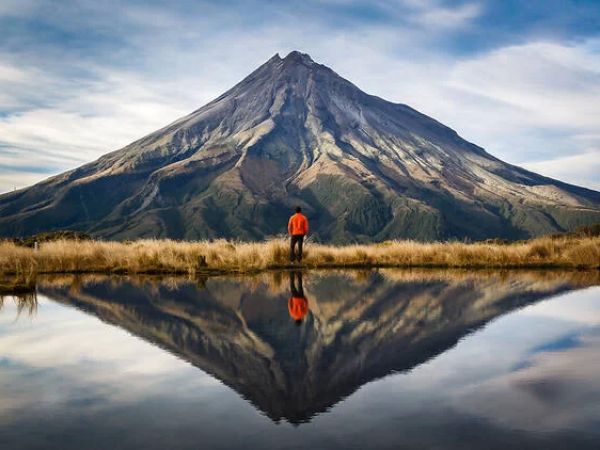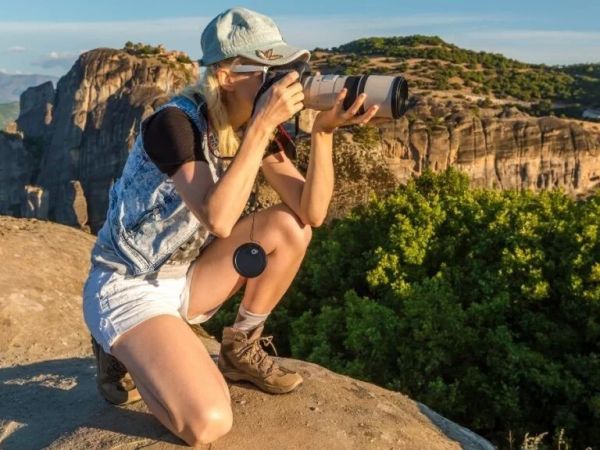How to Create a Travel Budget for a Round-the-World Trip: Essential Tips and Insights
- Why Create a Travel Budget for a Round-the-World Trip?
- Steps to Create a Travel Budget for Your World Trip
- Common Expenses to Consider When Planning Your Budget
- Real Travel Experience: Budgeting for a Round-the-World Trip
1. Why Create a Travel Budget for a Round-the-World Trip?
Planning a round-the-world trip is an exciting adventure, but without a well-organized travel budget, it can quickly become overwhelming. Whether you’re planning to travel for a few months or a couple of years, having a clear budget will ensure that you have enough funds to cover your journey, avoid financial stress, and get the most out of your travels.
A travel budget serves as a roadmap for your expenses, helping you track costs, prioritize experiences, and save money where possible. By creating a budget, you can estimate how much money you’ll need for transportation, accommodation, food, activities, and emergencies, ensuring that you stay financially secure throughout your adventure. Without a budget, unexpected costs could derail your travel plans, especially on a trip that spans multiple countries and continents.
2. Steps to Create a Travel Budget for Your World Trip
Creating a travel budget for a round-the-world trip doesn’t have to be complicated. Follow these simple steps to get started:
- Step 1: Set Your Total Travel Budget: Start by determining how much you can afford to spend on your entire trip. Consider your savings, monthly income, and any additional funding sources (such as travel funds from a part-time job or crowdfunding). This will give you a rough estimate of how much you can allocate for each country or destination.
- Step 2: Research Your Destinations: Research the costs associated with each country or city you plan to visit. Use online resources like travel blogs, forums, and websites such as How to Travel the World to get an idea of daily expenses, average prices for accommodation, transportation, and food. The cost of living varies widely between countries, so this research will help you adjust your budget accordingly.
- Step 3: Break Down Your Expenses: Categorize your expenses into transportation, accommodation, food, activities, and miscellaneous costs. Allocate a portion of your budget to each category, keeping in mind that some destinations will require more budget for accommodation or activities than others.
- Step 4: Create a Daily or Weekly Budget: Once you have your total travel budget and expense categories, break it down into a daily or weekly allowance for each destination. This will help you stay on track during your trip, avoiding overspending in one area while saving for the next adventure.
- Step 5: Factor in Emergency Expenses: Always set aside an emergency fund for unexpected costs, such as medical bills, lost items, or unplanned activities. A good rule of thumb is to save 10-15% of your overall travel budget for emergencies.
3. Common Expenses to Consider When Planning Your Budget
When creating a travel budget for a round-the-world trip, it’s essential to factor in the following common expenses:
- Transportation: Flights, trains, buses, and local transportation (like taxis or metro passes) will make up a significant part of your budget. Booking flights in advance, using travel search engines, and considering budget airlines can help you save money on long-haul and short-haul flights.
- Accommodation: Accommodation costs vary depending on the type of lodging you choose. Backpackers often opt for hostels, while others may prefer Airbnb, hotels, or even Couchsurfing. On average, your accommodation will be one of your largest expenses, so look for affordable options or travel deals.
- Food and Drinks: Eating out can add up quickly, especially in tourist-heavy areas. Consider preparing simple meals if you have access to kitchens, or choosing local eateries where meals are often cheaper. Street food is an affordable and delicious way to experience local cuisine in many countries.
- Activities and Experiences: Budget for activities such as tours, excursions, and sightseeing. For example, museum entries, outdoor adventures, and local tours might cost more in certain countries. Many travelers also set aside funds for activities like scuba diving or adventure sports, which can be pricey.
- Insurance: Travel insurance is essential for long-term trips. It covers health, cancellations, lost luggage, and other emergencies. Be sure to include it in your budget for peace of mind throughout your journey.
4. Real Travel Experience: Budgeting for a Round-the-World Trip
When I took my round-the-world trip, I realized the importance of sticking to a solid budget. I traveled through Southeast Asia, Europe, and South America, and the biggest challenge was adjusting my budget as I went along. For instance, Southeast Asia was relatively affordable, with $20-30 per day covering all my expenses. However, in cities like London and Paris, my daily budget had to increase to $50-70 to accommodate higher accommodation and food costs.
One piece of advice that worked for me was to allocate more money to experiences and activities that aligned with my interests. I splurged on diving in the Philippines and an overnight train journey in India—these were once-in-a-lifetime experiences worth every penny. However, in other places, I saved money by staying in dormitories, cooking my meals, and using public transportation instead of taxis. This balance allowed me to make the most of my journey while keeping expenses in check.
Another tip I learned the hard way was to track my spending daily. By writing down every expense, I was able to identify where I was overspending and make adjustments in real-time, rather than being shocked by the costs at the end of each month.
Creating a budget for a round-the-world trip is essential to make sure you can fully enjoy your travels without financial worries. By planning your expenses, adjusting your budget to your destinations, and staying flexible, you can create a travel plan that allows you to explore the world while managing costs effectively. If you’re ready to start planning your world trip and need more expert tips, check out How to Travel the World for more resources on budget planning and travel itineraries. Happy travels!






